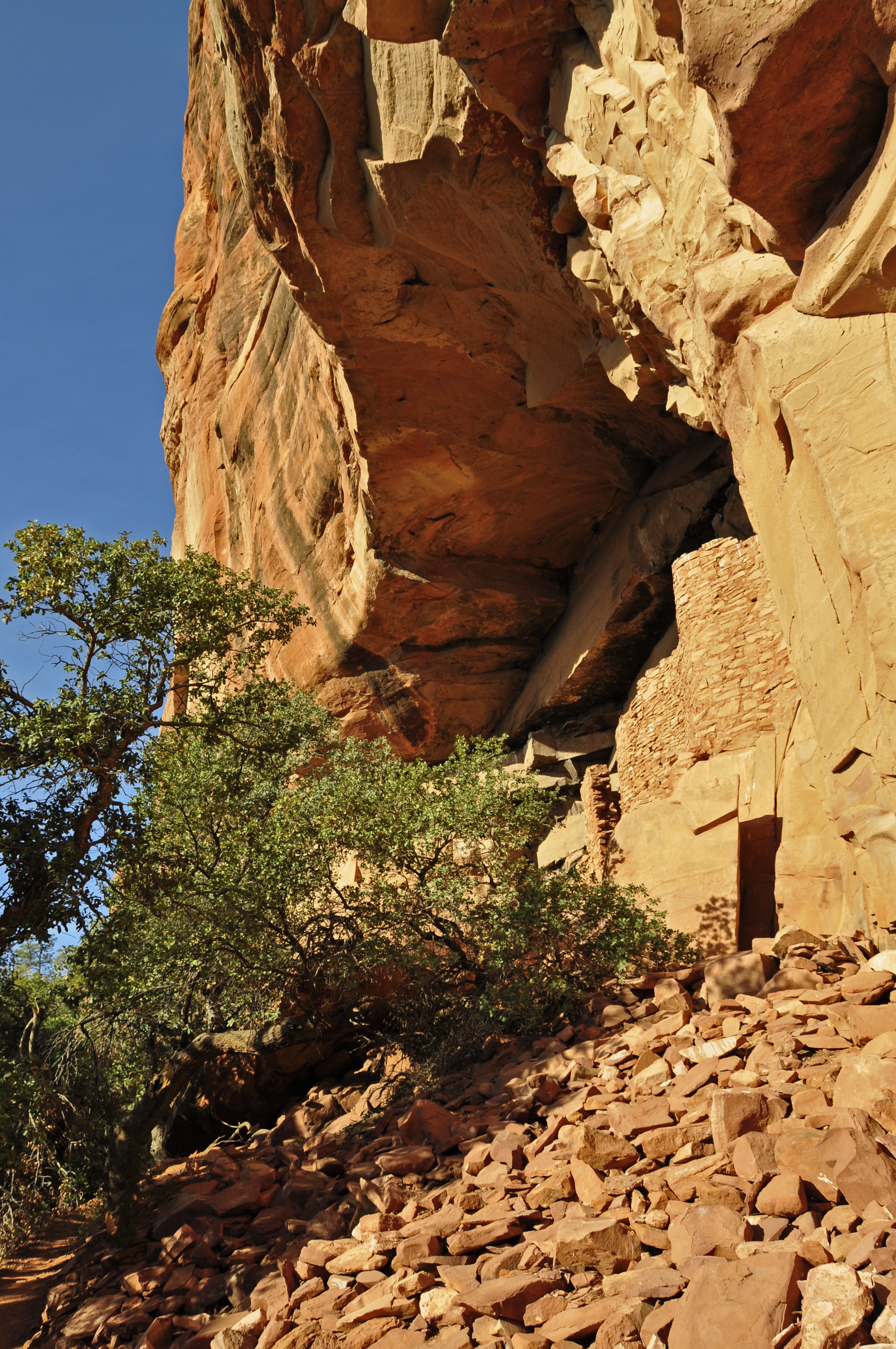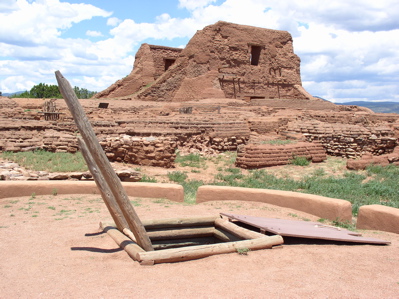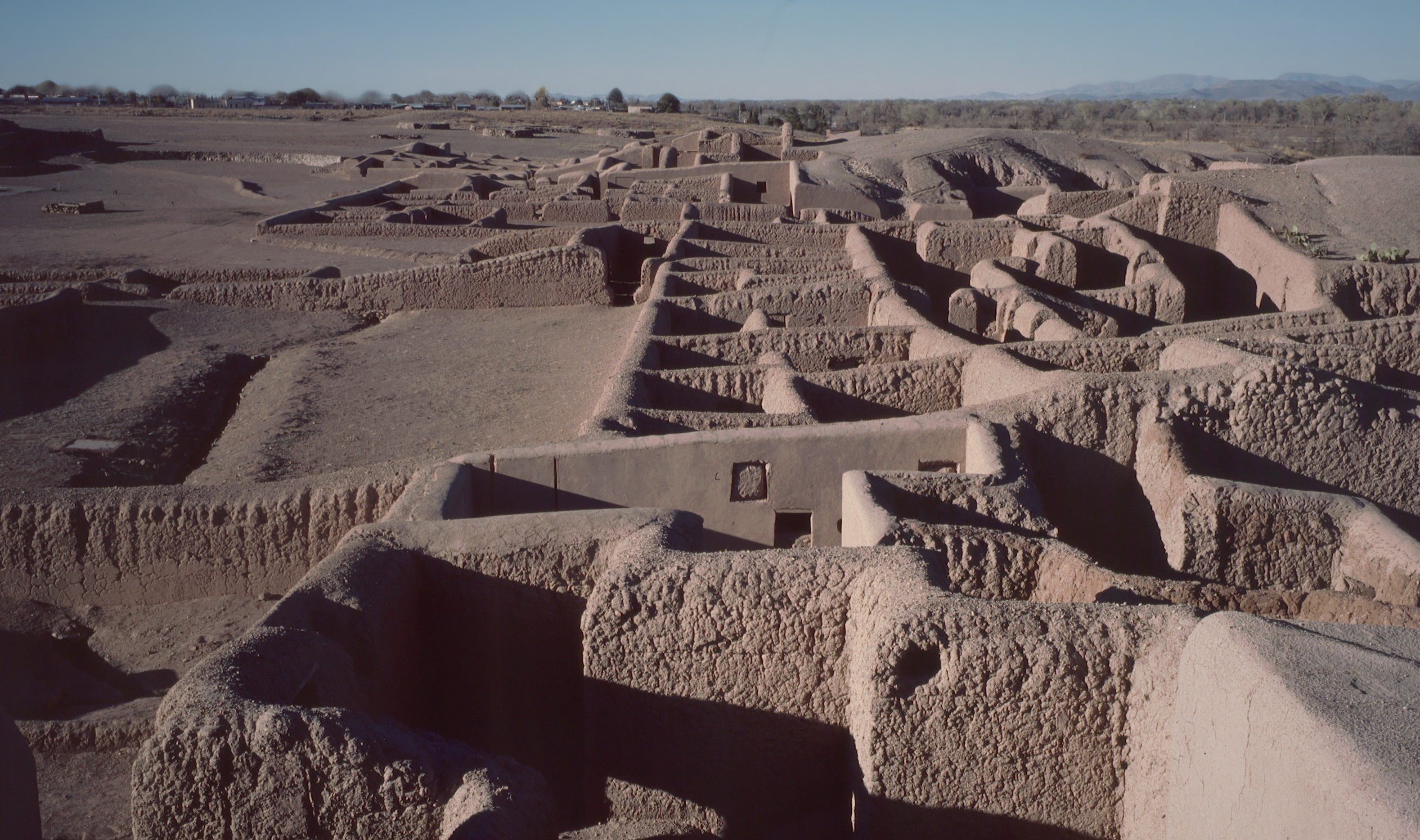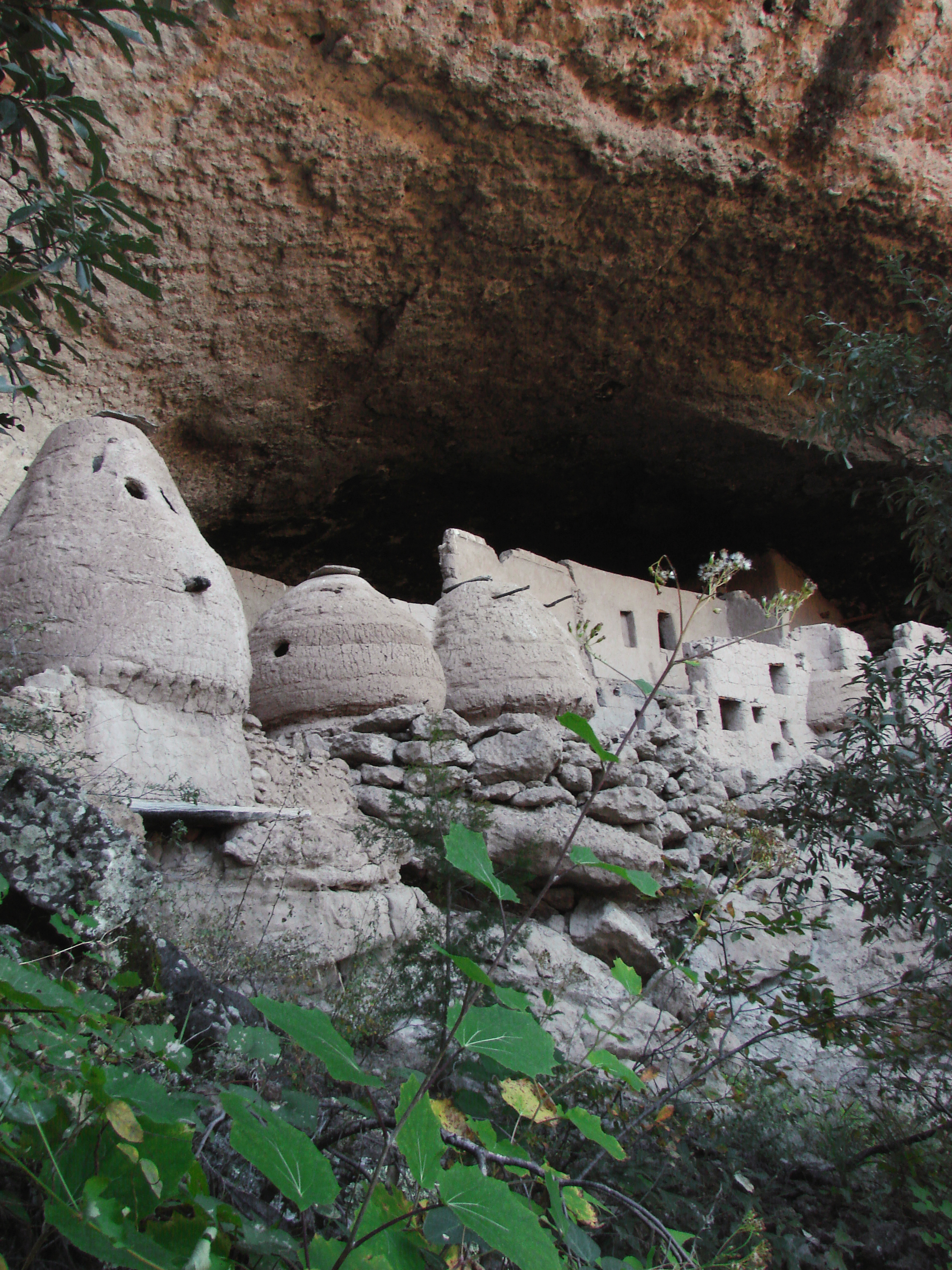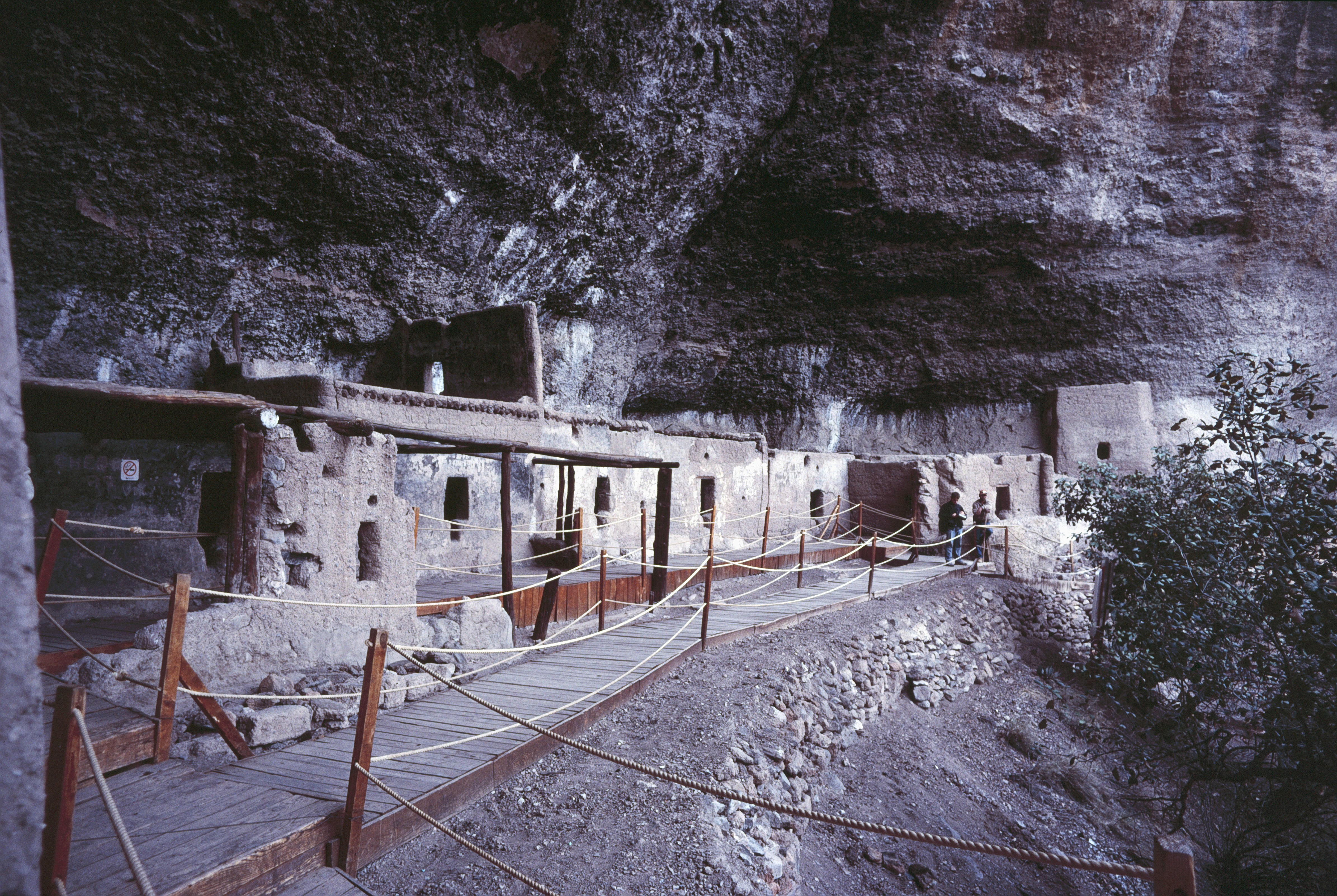In the early days, when people voyaged the sea at night, they relied on the moon and stars to provide light on and in their vessel. Someone had to be awake at night to monitor the ship's course. Essentially they had to be night owls and early birds. Examples are abound in every seafaring culture of the world. Polynesians traveled throughout the Pacific Ocean by using the stars as navigation markers at night. Mediterranean cultures used natural lighting at night to transport trade goods across the sea in order to avoid crashing their vessels onto shallow rocks which were commonly found near islands and islets. Throughout Asia and Southeast Asia, fishing at night until morning on ocean, rivers and lakes was the preferred choice. The Vikings sailed at night to avoid ice bergs or siege an attack on another ship. Other than sky lights, early shippers used lenses, deck prisms and mirrors. Although some artificial light was in used in Age of Antiquity(Greek and Roman times) such as candles, a lot of records and knowledge of artificial lighting were during the Age of Exploration. The artificial lighting was necessary in big ships on long voyages. Without it, the cartographers wouldn't be able to read their maps at night and therefore the ship and crew could easily have gone astray from their intended course. Transporting trade goods across a vast ocean required some crew members to perform night shifts. They had to alert members who were fast asleep that a pirate ship was nearby. Piracy was common throughout especially in the Caribbean Sea. The artificial lighting that were being used before the light bulbs were candles, oil lamps, wicks, gas-lamps, gas mantle, and lanterns.
Article
Waswanipi Indians fishing at night with a torch light mounted on their canoes located in Quebec
https://en.wikipedia.org/wiki/Waswanipi,_Quebec

